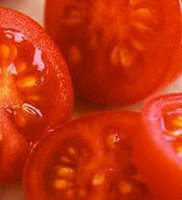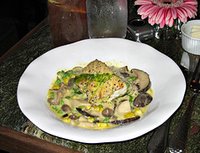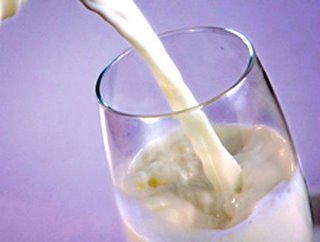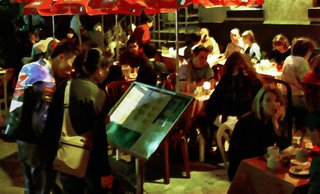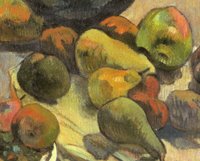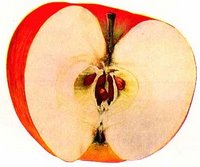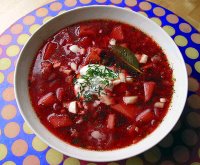 Russian Borsch
Russian Borsch
8 medium beets
1/2 cup cider vinegar
2 pounds beef chuck
3 cracked soup bones
1/2 pound lean fresh pork
1 bay leaf
8 peppercorns -- bruised
2 sprigs parsley
2 cloves garlic, crushed
3 carrots; scraped, sliced
2 medium onions, peeled and chopped
3 leeks; white parts only, cleaned and sliced
1 small head green cabbage, shredded
3 medium tomatoes; peeled, chopped
1 teaspoon sugar
11/2 cups sour cream
Salt as needed
1 cup chopped fresh dill
Wash beets and cook 7 of them, whole and unpeeled, in 1/4 cup vinegar an salted water to cover until tender, about 30 minutes.
Drain; peel and cut into julienne strips.
Put beef, bones and pork with 10 cups water in a large kettle.
Bring to a boil; skim. Add bay leaf, peppercorns, parsley, garlic, carrots, onions, and leeks.
Cook slowly, covered, 1 1/2 hours, until meat is tender.
Add cooked beets, cabbage and tomatoes. Continue to cook slowly another 30 minutes, until all the ingredients are tender.
Remove from heat. Remove bones, gristle, and discard along with bay leaf, peppercorns, parsley, and garlic.
Cut meat into bite-sized pieces. Return cut up meat to kettle. Season with salt.
Peel and grate remaining beet. Put into a saucepan with 1 cup hot soup stock, remaining 1/4 cup vinegar, and sugar. Bring to a boil. Stir into soup and reheat.
Ladle soup into soup bowls and garnish with a spoonful of sour cream and fresh dill.
Serves 8 to 10.
Optional: Two peeled, diced medium-sized potatoes may be added to soup 20 minutes before it is finished, if desired.







